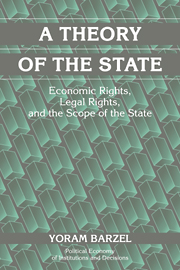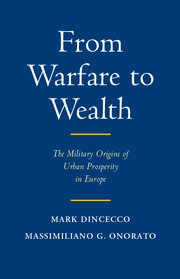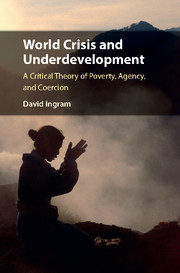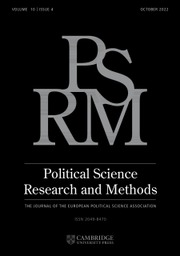A Theory of the State
This book models the emergence and evolution of the rule-of-law state. The protector or ruler is assumed to be self-seeking. Individuals will install a protector only after they create institutions to control him. Organized protection engenders legal institutions that enforce rights. A "state of nature" then gradually turns into a rule-of-law state. Individuals employ both the state and other third parties for enforcement. The fraction of agreements that the state enforces determines its scope. Rule-of-law states encourage market transactions and standards that facilitate trade. The larger the domain of the state's ultimate enforcer, the greater the advantage of scale economies to contracting. This force may explain the creation of rule-of-law empires.
- Traces the emergence of the state from the very beginnings
- Uses property rights tools for analysis
- Focuses on rule-of-law regimes and efforts to keep them that way
Product details
December 2001Hardback
9780521806053
308 pages
236 × 157 × 25 mm
0.588kg
Available
Table of Contents
- Preface
- 1. Introduction
- Part I. The Emergence of Protection and Third-Party Enforcement:
- 2. The state and the enforcement of agreements
- 3. Third-party enforcement and the state
- 4. The choice among enforcement forms
- 5. Anonymous exchange, mixed enforcement and vertical integration
- 6. Jurisdictional issues
- 7. Collective action and collective decisions
- 8. Tying the protector's hand: the agreement between subjects and protector
- Part II. The Emergence of Legal Institutions:
- 9. Legal rights
- 10. The state's enhancement of market trade
- 11. The size and scope of the state
- Part III. The Character of the State:
- 12. Merger and local autonomy
- 13. The distinction between 'legitimate' and 'criminal' states
- 14. Power, violent conflict and political evolution
- 15. The time path of change under dictatorships and under rule-of-law regimes
- 16. Recapitulation and an epilogue
- References
- Index.










